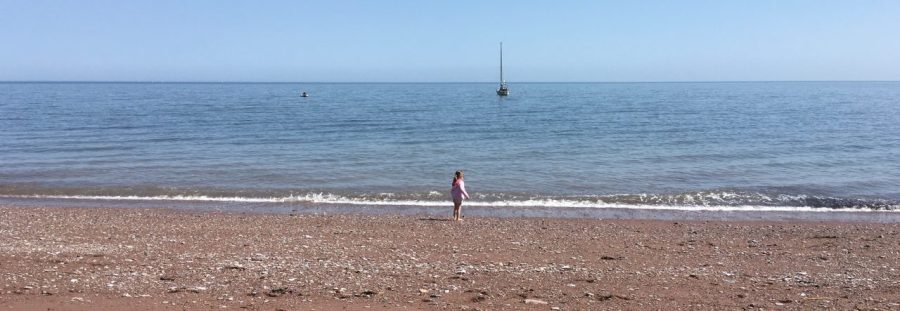- learning the art of going fishing - Mon 31st December 2018

… or, reflections on creating spaces for missional conversations
A short time after I arrived in Cullompton I received a telephone call from the secretary of a church nearby. They had recently refurbished their building and wanted me to go and give them some pointers on how best to use it to ‘get new people in’.
“We have thought of doing cafe church,” she said, “But we’re not sure how.”
I didn’t know what to say. I couldn’t even begin to unpack with her how thoroughly mistaken I thought her church’s attitude was to conceiving their future mission. It seemed they wanted to learn ‘the art of fishing’ without even leaving the building.
At the heart of the Christian faith is relationship: with God and each other. This does not happen in a vacuum, nor does it always happen in a church building, and certainly not (although there are occasional exceptions) during an act of worship.
I have often heard faithful church members bemoan the fact that no-one new joins their rapidly declining congregation. “They don’t come,” said one woman to me at a recent Sunday morning service, when I asked her whether her church had reached out to the newbuild estates down the road. “The local evangelical church knocked on every single door, and they only got a few.”
It saddened me. They were a lovely, warm, welcoming group of people, and their church building was potentially a vital community resource. But they hadn’t yet grasped the twenty-first century reality, that people generally do not just start ‘going to church’.
If we are to be the ‘Body of Christ’ in the world, we have to be it ‘in‘ the world – not just in the church building. This requires venturing into the unfamiliar, both location-wise and context-wise. Whether we like it or not, forming and developing relationships among those whose cultural identity and way of thinking are different to ours, is a necessary part of Christian witness.
The process of ‘fishing for people’ as Jesus called it, does not take place in the fisherman’s hut. It involves working out where the fish are and going to that location, before even considering casting a line or net. And even then, we can’t expect the fish to just ‘bite’ the line or swim into the net. They have to think there is something worth swimming that way for.
Creating a ‘bait’ – a means of engaging those who might otherwise not be interested in becoming ‘fish’ – requires creative thinking. It is not easy to step outside of one’s own horizons to imagine what might attract a non-church person to become a follower-of-Jesus. It requires, first, understanding oneself: what it is that fires and inspires us as Christians that might be attractive to others, but also what are the assumptions of which we need to be aware when trying to communicate our dearly held faith?
The second stage is creating the ‘line’ or ‘net’ – the hook that will attract the catch. Is it an activity? a venture? or simply a conversation starter? What it is will depend both on the fisher and fish – it will have to have potential to work for both, and as already established, it is unlikely that the location will be a church building.
And then there’s the vital stage – that bit where Jesus is mentioned. And God. And faith. And what it means. And the hope that they won’t run a mile…
… in my experience they usually don’t, and all things considered, things turn out okay. What’s the worst thing that can happen? They say no. And you can try again with them another time… or not.
The thing about fishing is that a fisher can never guarantee a catch. I guess the life of an evangelist is just the same…
To read more about creating spaces for connecting with people who don’t go to church go here.
Read more about relocating mission here.
